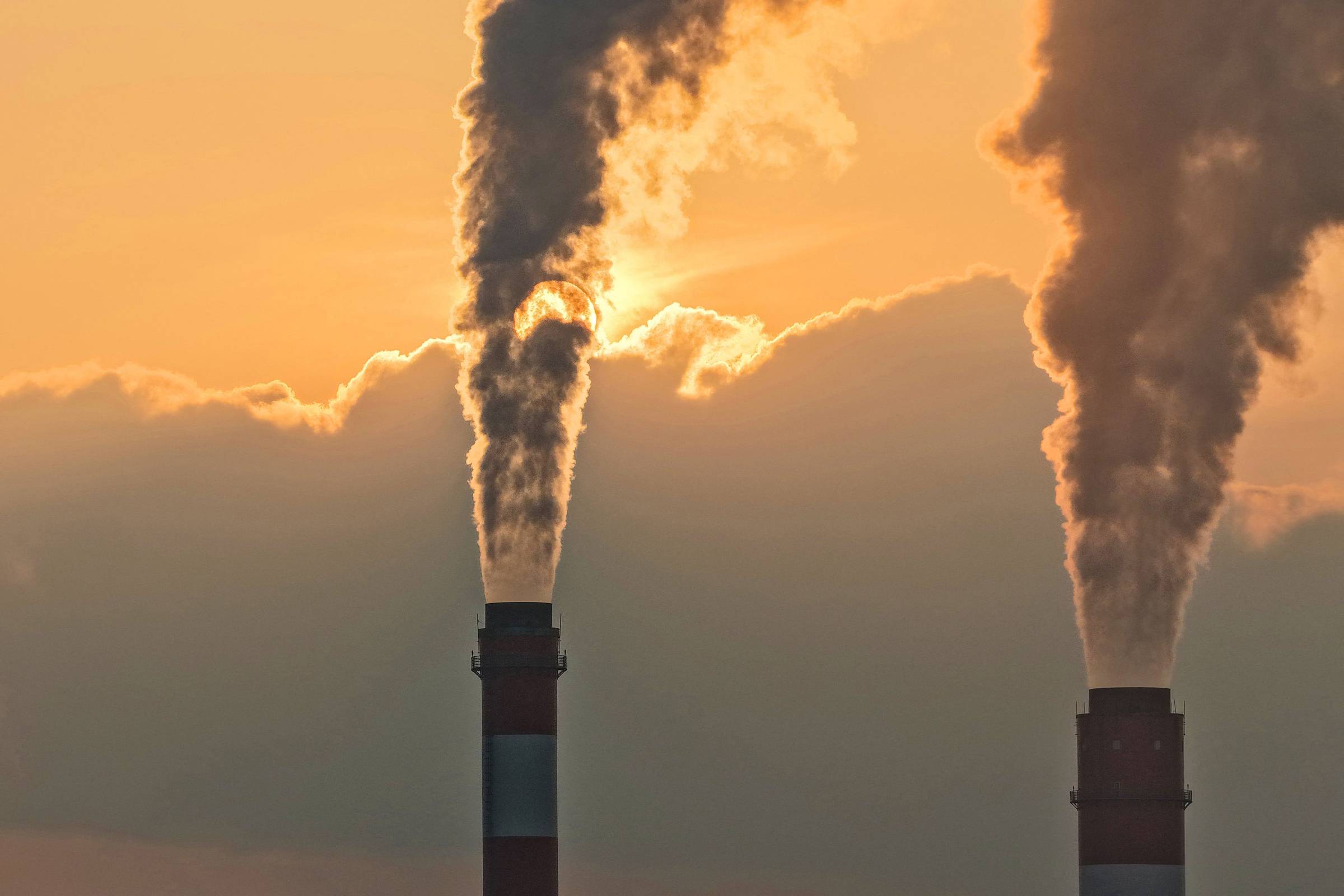
For the first time in its history, China committed to reducing its absolute greenhouse gas emissions. New targets presented by the country at the United Nations (UN) through leader Xi Jinping now set the country for a net reduction of 7% to 10% in emissions relative to peak (highest level of emissions).
Before the introduction of New Nationally Determined Contributions (NDCs, the name given to countries’ commitments to the Paris Agreement), China set targets based on emissions intensity, determining the amount of reductions per unit of GDP (gross domestic product).
This type of target aimed at decarbonizing the economy allows absolute emissions to increase while preventing climate change targets from limiting economic growth. This method controls the emission density in GDP (Gross Domestic Product) rather than the total amount of gas released into the atmosphere.
An example of how China tends to utilize this resource also appears in its domestic climate change targets, which are published every five years along with the General Development Plan.
One of the internal goals of the current plan is to reduce carbon dioxide emissions per unit of GDP by 18% from 2021 to 2025 compared to 2020. Analysis by the Center for Green Finance and Development shows that even if the country achieves this result by the end of this year, total carbon emissions will fall.2 It will still increase by about 10%.
With new NDCs, the world’s major carbon emitters are now committed to reducing their absolute emissions compared to the peak that the Chinese government estimates will occur by 2030.
Studies have confirmed that the peak will indeed occur before 2030, but the exact year is not agreed upon.
A paper signed by researchers from Chinese universities and climate research centers has been published in Nature Communications and predicts a peak in carbon dioxide emissions.2 Between 2028 and 2029.
Another study published in the journal Environment Science and Technology points to a scenario where CO emissions peak.2 It was supposed to reach that point in 2024 and remain stagnant for several years after that.
Michael Davidson, a professor at the School of Global Policy and Strategy at the University of California, San Diego, said the absolute value can only be calculated after a peak has been reached.
“China’s emissions likely peaked and fluctuated around a plateau before declining,” he said. “The goal is to reach the maximum level, so this value is not converted into an absolute number until the peak is reached. This is noteworthy because this is the first time China has committed to reducing emissions in absolute terms.”



